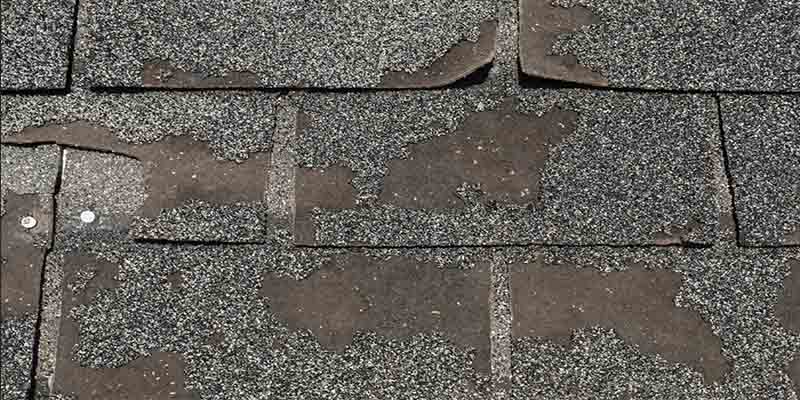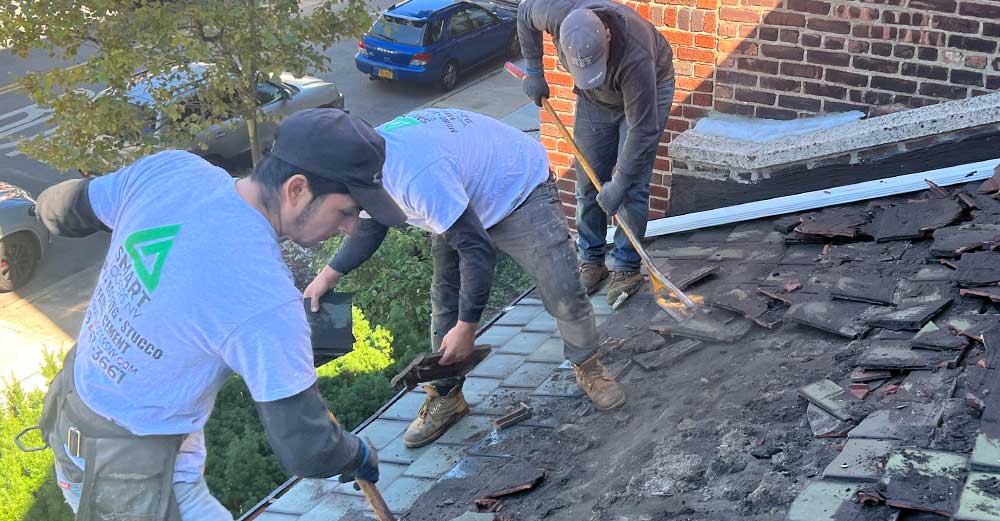Oahu Roofing: Comprehensive Roofing Solutions in the Oahu Location
Oahu Roofing: Comprehensive Roofing Solutions in the Oahu Location
Blog Article
Recognizing the Various Kinds Of Roofs: A Comprehensive Guide for Homeowners
In the realm of homeownership, selecting the suitable roof style is a choice that brings considerable ramifications for both capability and visual allure. With an array of options-- ranging from the traditional gable to the contemporary level-- each kind offers one-of-a-kind benefits and obstacles that need to straighten with the home owner's details demands and ecological considerations. Recognizing these differences not only aids in making an informed selection yet likewise influences long-term upkeep and power effectiveness. As we check out the complexities of various roof kinds, it becomes evident that size does not fit all; the best choice might amaze you.
Gable Roof Coverings
Saddleback roofs, characterized by their triangular shape, are amongst the most prominent roof covering styles because of their simplicity and efficiency in losing water and snow. This design includes two sloping sides that satisfy at a ridge, enabling effective drainage and decreasing the danger of water buildup. The steep pitch typically linked with saddleback roofs boosts their ability to deal with hefty rainfall, making them suitable for different environments.
Along with their practical benefits, gable roofings supply aesthetic adaptability. They can be adjusted to numerous building styles, from conventional to contemporary homes. The style can additionally suit additional features such as dormer windows, which improve all-natural light and air flow in the attic room room.
Moreover, saddleback roofs supply enough room for insulation, adding to power efficiency. Property owners can select from a range of roof products, consisting of asphalt tiles, steel, and tiles, further enhancing customization choices.
In spite of their benefits, saddleback roofs might call for added assistance in areas vulnerable to high winds or hefty snowfall. Generally, the gable roof covering continues to be a popular option because of its blend of functionality, toughness, and aesthetic charm.
Flat Roofs
Level roof coverings are often acknowledged for their minimalist design and sensible applications, especially in commercial and business settings (oahu roofing). These roofing systems include a straight or almost straight surface area, which enables easy construction and functional room utilization. While they might lack the aesthetic charm of angled roofs, flat roofings supply various advantages, particularly in urban atmospheres where taking full advantage of room is critical
Among the primary advantages of level roofings is their access. House owners can make use of the roof covering space for different purposes, such as rooftop yards, terraces, or solar panel installations. In addition, level roofing systems are normally more affordable to set up and maintain compared to their sloped equivalents, as they require less products and labor.
Usual materials made use of for flat roof coverings consist of built-up roof (BUR), modified asphalt, and single-ply membrane layers, each offering distinct advantages. Overall, level roof coverings serve as a practical and versatile choice for several property owners and businesses alike.
Hip Roof Coverings
Hip roofings are defined by their sloped sides that converge on top, forming a ridge. This style is unique from saddleback roofs, as all four sides of a hip roofing system slope downwards toward the wall surfaces, supplying a much more stable framework. The angle of the inclines can vary, permitting flexibility in building aesthetic appeals and performance.
One of the primary benefits of hip roofings is their capability to withstand hefty winds and damaging weather. The sloped surfaces allow far better water great site drainage, decreasing the threat of leakages and water damage. Additionally, hip roofs offer enhanced attic room space, which can be used for storage or also exchanged livable locations.
However, creating a hip roofing system can be more pricey and complicated than easier roof covering kinds, such as gable roofings. The added material and labor entailed in producing the slopes and ensuring appropriate architectural honesty can result in greater costs. Despite these downsides, many homeowners prefer hip roofings for their resilience, visual charm, and possibility for power performance.
Mansard Roof Coverings
Mansard roof coverings, frequently acknowledged by their special four-sided design, function two inclines on each side, with the lower slope being steeper than the upper. This building style, stemming from France in the 17th century, is not only cosmetically enticing yet functional, as it maximizes the functional room in the top floorings of a building. The steep reduced incline permits more headroom, making it an optimal selection for attic rooms or loft spaces, which can be transformed right into living rooms.
Mansard roof coverings are characterized by their flexibility, fitting different building designs, from standard to modern. They can be constructed with different materials, including asphalt shingles, slate, or metal, providing property owners with a series of options to suit their preferences and budgets. In addition, the layout enables the assimilation of dormer home windows, improving natural light and ventilation in the upper degrees.
Nonetheless, it is important to take into consideration the possible disadvantages. Mansard roofing systems may require even more upkeep because of the complexity of their layout, and their high slopes can be challenging for snow and rainfall drainage. Generally, mansard roofing systems combine style with usefulness, making them a prominent choice among home owners seeking distinctive building functions.
Shed Roof Coverings
As property owners increasingly look for simplicity and capability in their building designs, lost roofs have actually become a popular selection. Defined by a solitary sloping airplane, a shed roof provides a minimalist visual that enhances various home designs, from contemporary to rustic.
Among the primary benefits of a shed roof is its simple building and construction, which typically converts to lower labor and product prices. This design enables for reliable water drainage, decreasing the danger of leakages and water damages. Additionally, the vertical you can look here incline gives ample area for skylights, boosting all-natural light within the interior.
Shed roofings additionally offer flexibility in terms of use. They can be properly integrated into additions, garages, or outside frameworks like sheds and structures. Additionally, this roof covering design can accommodate various roof covering materials, including metal, asphalt shingles, and even green roofing systems, lining up with eco-friendly initiatives.
However, it is vital to think about regional climate conditions, as heavy snow lots might demand changes to the roof covering's angle or framework. On the whole, lost roofings provide a functional and visually pleasing choice for property owners looking to make the most of functionality without endangering design.
Final Thought


Gable roofings, identified by their triangular shape, are among the most preferred roof roofers oahu covering styles due to their simplicity and performance in shedding water and snow. oahu roofing. The steep pitch frequently linked with gable roofing systems improves their capacity to deal with hefty rainfall, making them suitable for various climates
While they might do not have the visual allure of pitched roofing systems, level roof coverings offer various benefits, specifically in urban atmospheres where making best use of space is vital.

Report this page